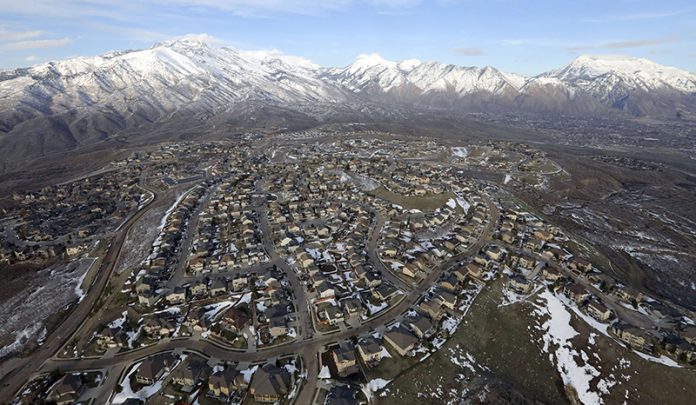
By MIKE SCHNEIDER
Associated Press
The U.S. Census Bureau said Wednesday that it would once again delay the release, and narrow the scope, of some of the most detailed data from the 2020 census — this time until next year.
Detailed numbers dealing with household types — such as if the household is a family — broken down by race and ethnicity, and whether homes are owned or rented, won’t be released until September 2024, more than four years after the data’s collection in the once-a-decade head count of every U.S. resident, the Census Bureau said.
Also being delayed is the release of numbers on household and family sizes. This data set will also be much more limited than anticipated. It will only be released for the entire United States and individual U.S. states because a controversial new privacy method implemented by the Census Bureau couldn’t guarantee individuals wouldn’t be identified at smaller geographies.
“It is a pretty severe delay and cutback in granularity,” demographer Steven Ruggles, who directs the world’s largest population database at the University of Minnesota and has been critical of the new privacy method, said in an email. “What a mess!”
The delays complicate planning for government budget-makers, city planners and researchers, since the detailed data are used for estimating future growth, locating schools or firehouses, and additional research.
The data sets’ release were first postponed two years ago because of delays caused by the COVID-19 pandemic and implementing the new privacy method, which adds intentional errors to data to obscure individuals’ identity. The errors are most noticeable at the smallest geographies, such as census blocks with fewer than 1,000 residents.
The data sets “are very important products for people and organizations interested in very specific segments of the population, especially when it comes to representation, allocating resources and providing services,” said Jan Vink, a demographer at Cornell University. But some of the detailed data sets are hard to produce within the new privacy method’s framework, he said.
So far, the Census Bureau has released data from the 2020 census in three rounds. Those include state population figures, used to determine how many congressional seats a state gets; redistricting numbers, used to draw political districts; and last week’s release of demographic and housing data.
The next data release from the 2020 census is scheduled for this September, with counts of 370 detailed racial and ethnic groups.



















